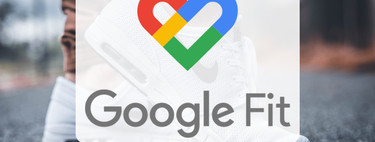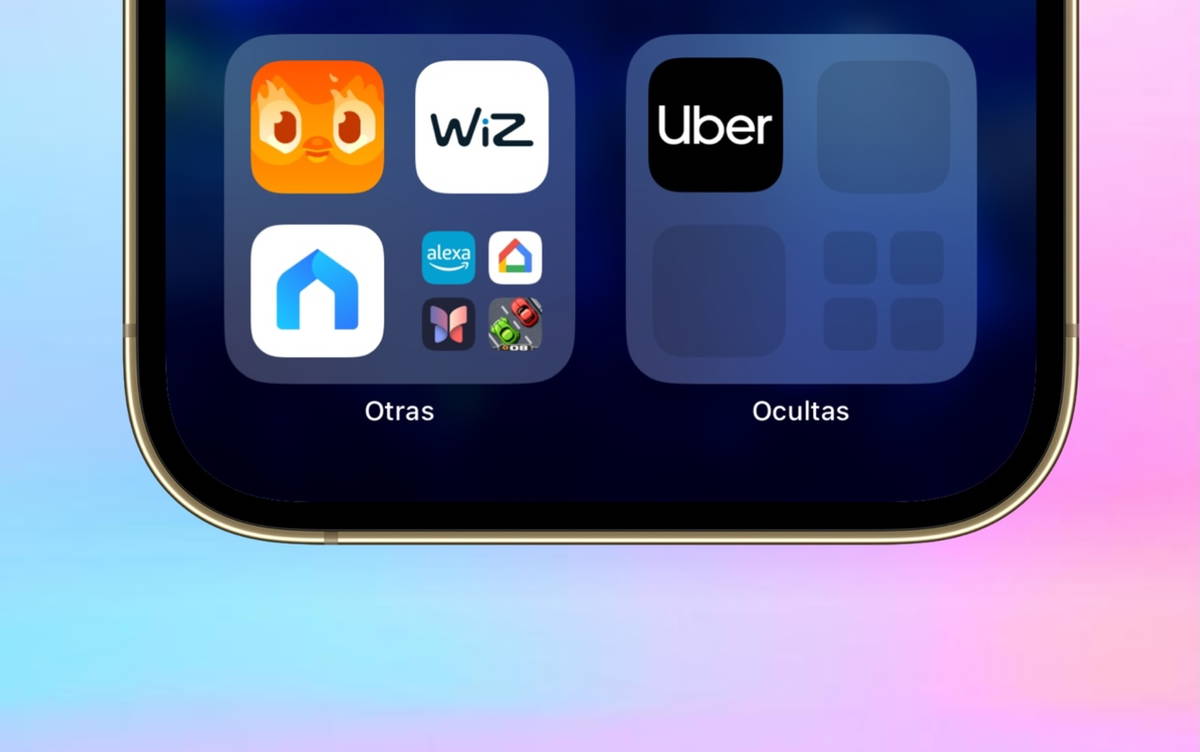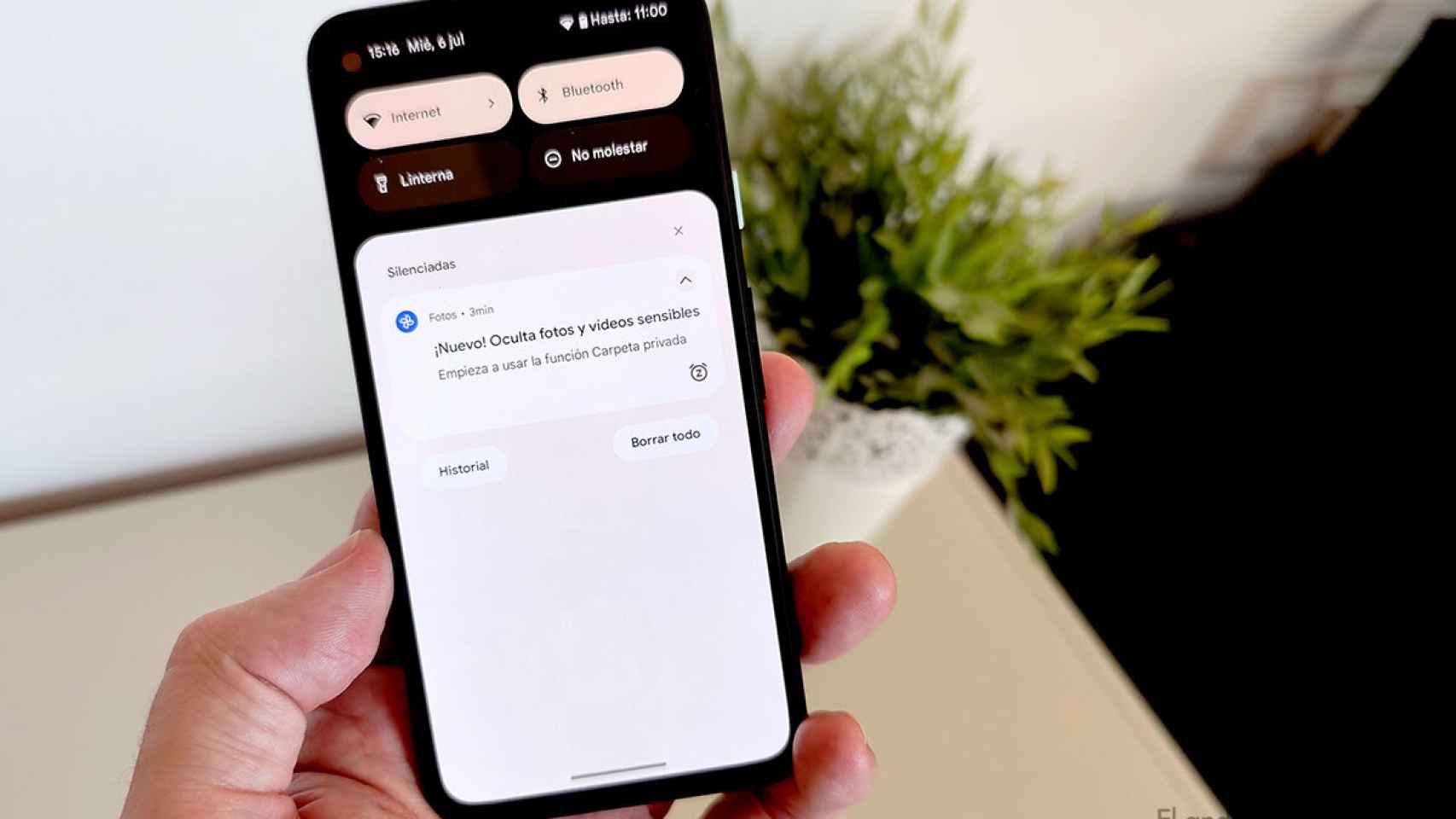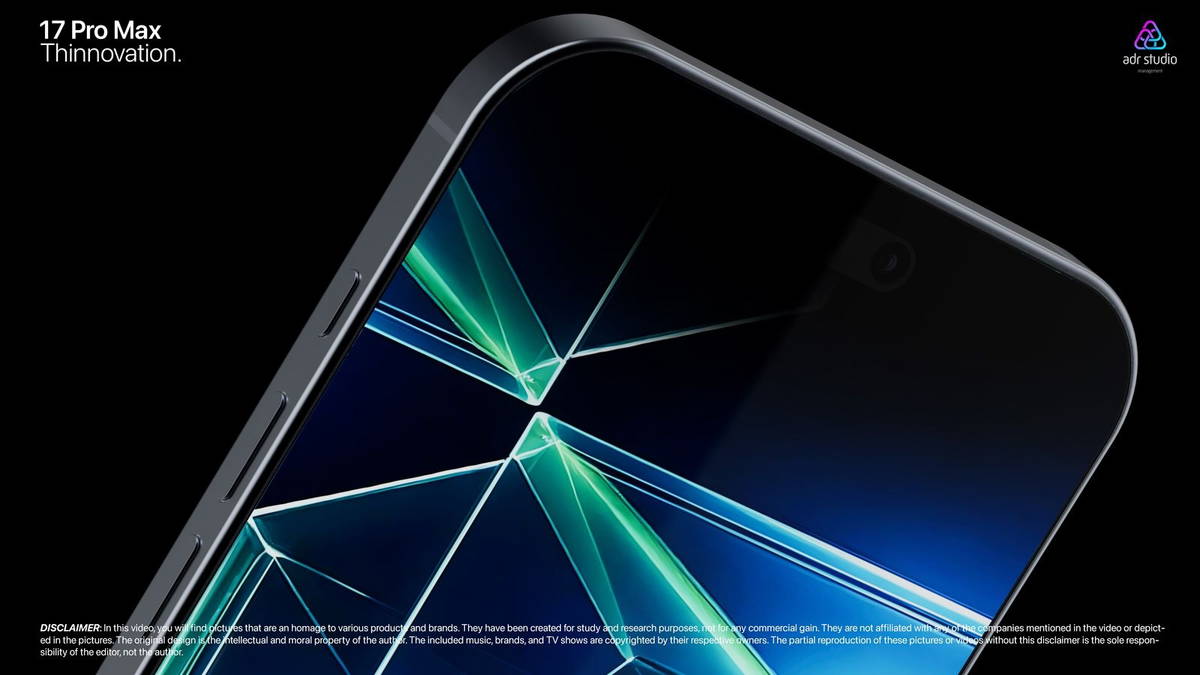The Google Pixel released a way to find out the heart rate using the mobile camera, via the Google Fit app. And to find out just how reliable that reading is, we pitted it against the Samsung Galaxy Watch Active2, TicWatch Pro 3, Apple Watch Series 4, and a wrist blood pressure monitor.
Knowing the number of beats of our heart per minute is not too difficult since it is enough to look at a clock and to take our pulse to know the number. Now it’s not very practical if we want to know the health of our heart throughout the day, especially when we play sports or rest; Google has therefore included a practical scanner in its Google Pixel. And just by using the camera, it is impossible to do more practical. Of course, it doesn’t have to be more reliable: let’s check it out.
Surprisingly successful with resting heartbeats

Google has developed an algorithm for its camera software that allows you to measuring changes in the capillaries in your fingers as your heart pumps blood with each beat
As with other devices capable of measuring heart rate, and which do not belong to the group of medical devices, just take the reading as simple information, not like a health data which gives rise to a modification of the drugs. And in fact, the truth is that Google does it very well, at least if the keystrokes aren’t high.
We were doing several measurements with the aforementioned devices: a Samsung Galaxy Watch Active2, the TicWatch Pro 3, an Apple Watch Series 4, and a home wrist blood pressure monitor. In addition, we are using the Google Pixel 4a as a test cell phone. All readings are taken with the Google Fit app on this phone.
 TicWatch Pro 3
TicWatch Pro 3  Samsung Galaxy Watch Active2
Samsung Galaxy Watch Active2  Apple Watch Series 4
Apple Watch Series 4  Wrist blood pressure monitor
Wrist blood pressure monitor The data produced by the comparison shows a sufficiently precise equivalence between the Pixel camera and the optical sensors of watches: all measurements at rest were similar. Even with the blood pressure monitor, a device that offers greater accuracy than optical sensors attached to the skin of smartwatches.
The measurements taken are always comparative: none of the devices used is capable of offering the heart rate with 100% accuracy.
Playback with the mobile camera is a bit slower and heavier, but the truth is, it works. With pulsations at rest, and less than 100, there is no major problem: Google Fit is equivalent to devices with dedicated sensors for heart rate reading. But what if the heart rate increases?
At medium and high pulses, the camera does not serve as a heartbeat reader

It was time to increase the pulse of the test, and never better said: we faced the watches, the mobile camera and the blood pressure monitor. after a few minutes of intense exercise. The result left Google Fit in bad shape, which made sense: the camera couldn’t analyze variations in finger capillaries if they occur with a high frequency.
At medium heart rate, we were able to make comparisons, quite the opposite of what happened above 140 beats: the Google Pixel could not perform a reading, this always gave us an error during the process
 TicWatch Pro 3
TicWatch Pro 3  Galaxy Watch Active 2
Galaxy Watch Active 2  Apple Watch Series 4
Apple Watch Series 4  Wrist blood pressure monitor
Wrist blood pressure monitor The mobile camera serves as a heart rate scanner, yes, but still at rest
The fact that the accuracy above 100 beats is poor does not take away the considerable effort that Google has put into it. develop a universal and simple method to know the heart rate. The data should always be seen as informative, not medical, but that only with the phone that we can know how our heart is functioning at rest is a big advantage. Mostly because Google will take Fit’s heart reading to the rest of Android phones (for now, it’s Pixel-exclusive).
After carrying out dozens of tests, we would like to offer you a series of tips to make it easier to read:
- You must place your finger correctly in the center of the camera. Google Fit offers a sort of visual guide, but it’s not very specific.
- The brighter the environment, the more reliable the reading will be. And fewer errors will be generated by the application during the process.
- While reading, you must remain still and calm. The quieter the process, the more likely it will not fail.
- If you played sports, better not to try it. As we said, the camera is used to measure the heart rate at rest: if there has been movement, the reading will fail.
- It is important to clean the chamber after each reading. When your finger is resting on the lens, grease left on the glass can spoil your photos.








